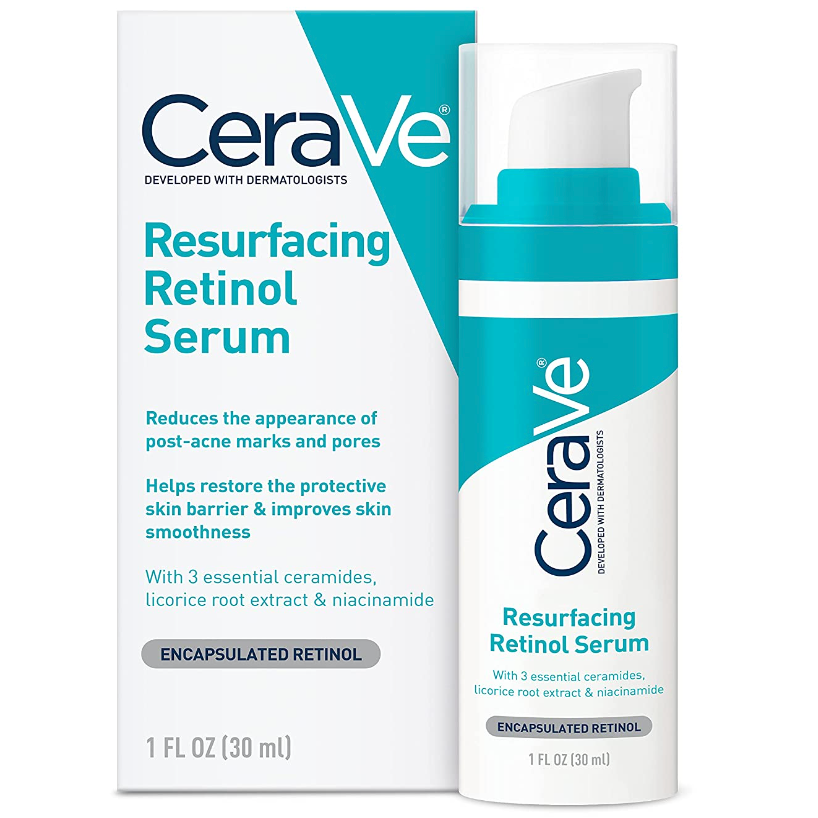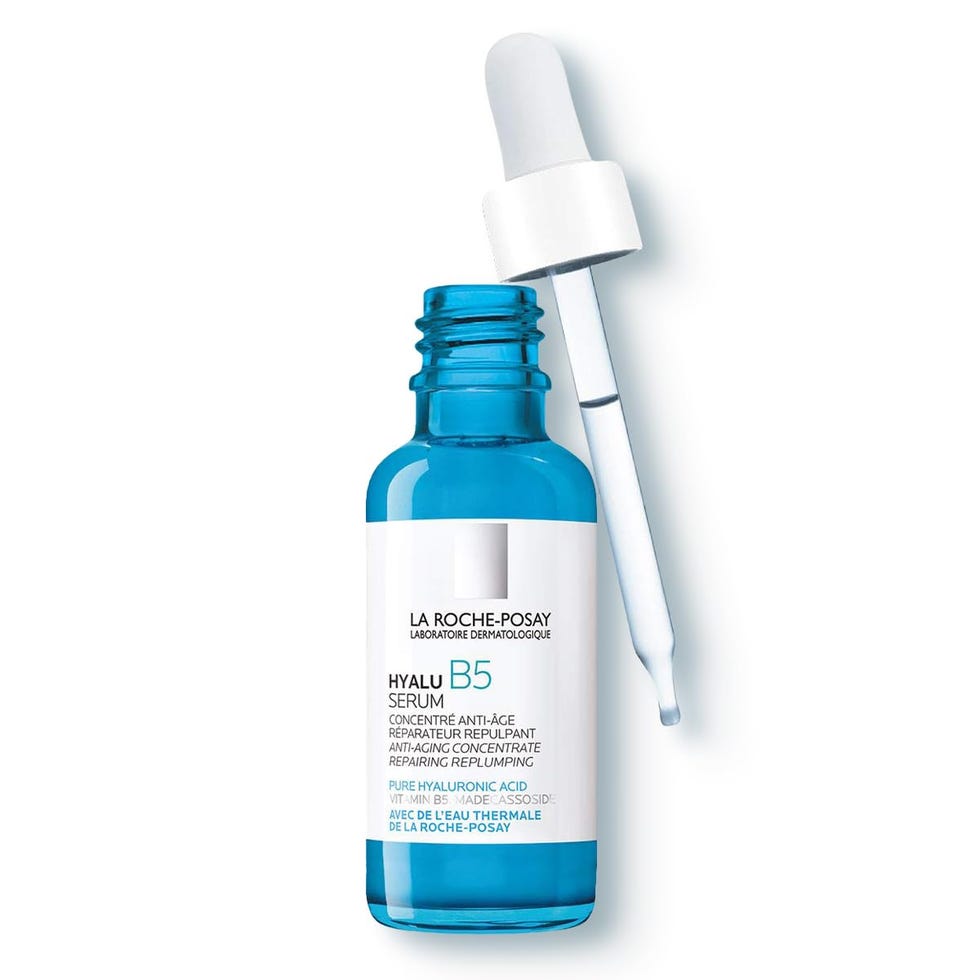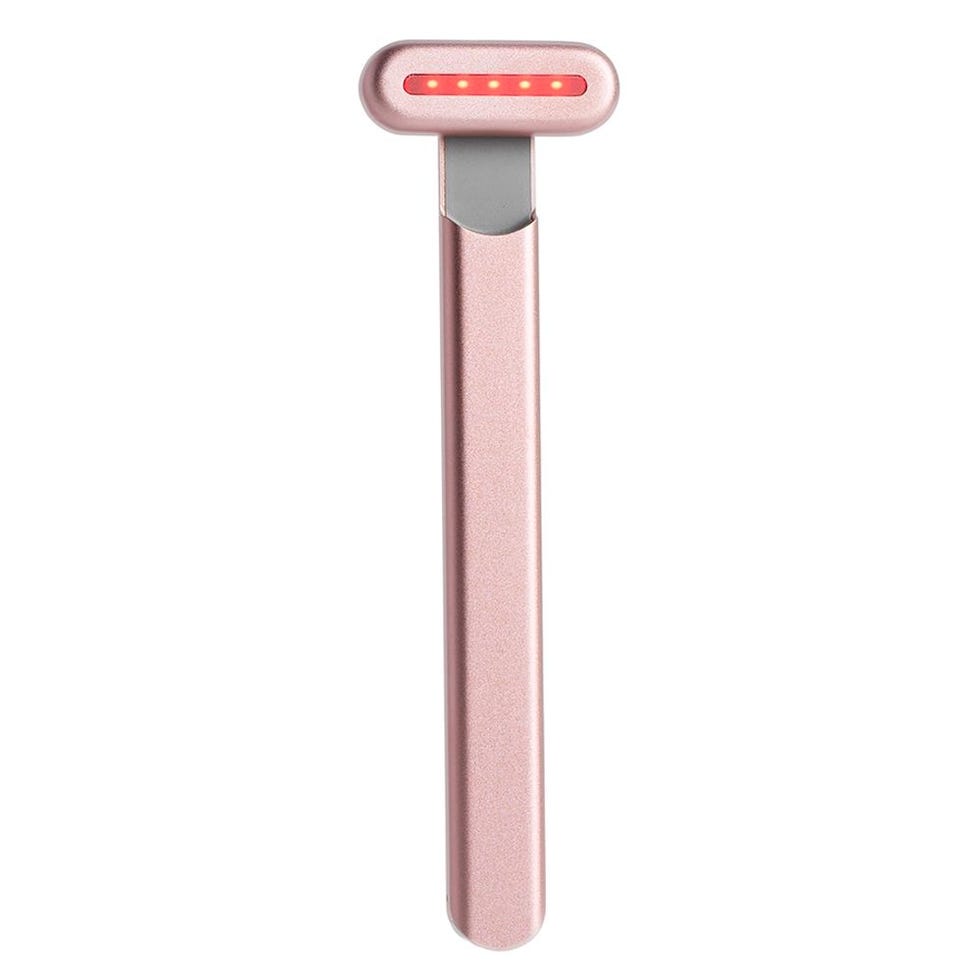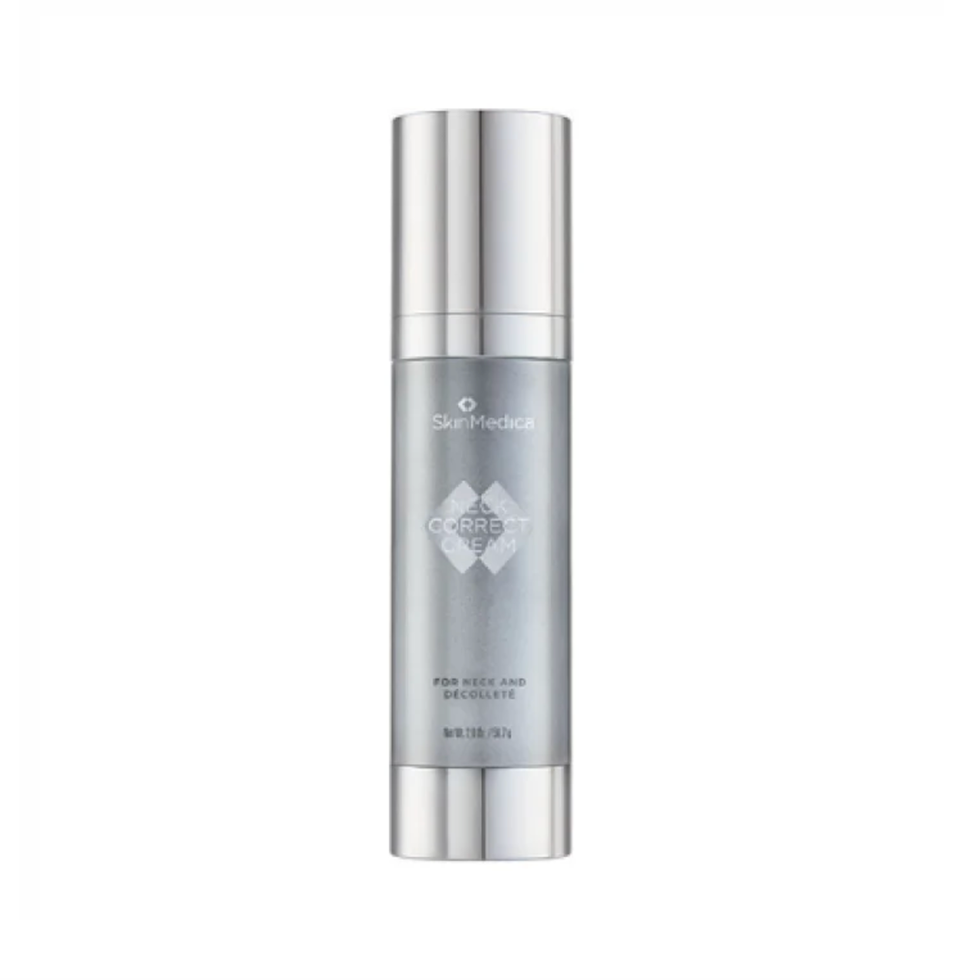If the eyes are the windows to the soul, then the neck may very well be the window to your true age.
While many of us—myself included—are hyper-focused on preserving the youthfulness of our face, the skin below the chin is often an afterthought. “I see so many cosmetic patients whose faces look amazing, but whose necks look…different,” explains Kristina Collins, MD, a board-certified dermatologist in Austin, Texas.
You can blame both biology and behavior, with a unique list of factors at play that contribute to the visible signs of aging on the neck (more on those in a moment). Happily, there’s a host of treatment options to choose from that can effectively address those issues, smoothing, firming, and lifting skin to defy what God—and your habits—gave you.
This is what you need to know.
Why Does the Neck Age So Quickly?
First and foremost, there are physiological differences to account for. “The skin on the neck is thinner and more delicate than on other areas of the body, with both a thinner dermis and less fatty tissue below the surface, making it more prone to wrinkling and sagging,” explains Marisa Garshick, MD, a board-certified dermatologist in New York and New Jersey.
There are also fewer oil glands in the neck when compared to the face, she adds, meaning the area is more prone to dryness. The neck muscles (technical term: platysma) are also very strong—and constantly active. They start to pull down on the lower face, increasing jowling in the area, Dr. Collins adds.
Then, there are lifestyle factors to consider. Many people don’t apply the skincare products they’re using on their face onto the neck, even forgetting something as basic as applying sunscreen to this area, Dr. Collins notes. (In case you still haven’t gotten the memo, sun damage is public enemy number one when it comes to signs of aging—and there’s an exact amount of sunscreen you should be apply to your face and neck daily.) Even as a beauty writer, I’ll cop to being guilty of this. You better believe there’s sunscreen on my face 365 days per year. My neck? Erm, not so much.
You may have also heard the term ‘tech neck,’ which refers to horizontal fine lines that stretch across the neck. The moniker comes from the cause: constantly looking down at you phone. The neck is just like the face; repeatedly making a muscle movement that creates a wrinkle will ultimately cause that wrinkle to become permanent, points out Alexandra Bowles, MD, a board-certified dermatologist at MONA Dermatology in Cincinnati, Ohio. “We’ve always had these neck wrinkles but now they’re becoming more and more prominent, even in younger generations because everyone is constantly on their phones,” she points out.
All that’s to say, the neck is 100% susceptible to all the same concerns you have with your face—and then some. Like I said, I’ve never given much thought to it, choosing to prioritizing keeping my forehead wrinkle-free and crow’s feet at bay. It wasn’t until one of my one-year-old twins recently started touching my neck—and was able to grab a full handful of loose skin—that I realized I better step up my neck game.
So what can be done? These dermatologist-backed solutions—both topical products and in-office treatments—can make a huge difference.
Treat Your Neck On Your Home Turf
There are some smart adjustments you can make to your at-home skincare routine to treat the area effectively. These are the biggies:
- Apply SPF. And that means daily, says Dr. Garshick. Sounds simple, but it’s the most effective way to ward off the UV damage that causes everything from a mottled complexion and uneven skin tone to the breakdown of collagen that leads to laxity and wrinkles, she says. No need to buy a separate SPF; go ahead and apply whatever you’re using on your face onto the neck.
- Bring your skincare routine southward. To that point, the dermatologists we spoke with say that pretty much any anti-aging ingredient you’d use on your face can—and should—make it onto your neck, too. That includes antioxidants like vitamin C to protect against free radical damage, peptides and growth factors to strengthen and firm the skin, and hydrating ingredients such as hyaluronic acid and glycerin, says Dr. Garshick. Similarly, “You don’t really need to invest in a separate neck cream,” says Dr. Collins. “Most of the time you’re totally fine to apply the same products you’re using on your face on your neck.” (And following the same cadence.) One caveat: Retinoids. They’re great for the neck thanks to their collagen-boosting effects, but because the neck lacks sebaceous glands and is drier, it can be more susceptible to the side effects (think dryness and irritation), Dr. Bowles notes. Her advice? Stick to once or twice weekly use.
- Try a neck cream. If you do want to invest in this extra step, knock yourself out. It can be a great way to combine many of these ingredients in a formula you know will be suitable for the neck skin, Dr. Bowles adds. She likes the SkinMedica Neck Correct Cream; Dr. Collins is a fan of Revision Nectifirm.
- Go high tech. Dr. Garshick adds that certain at-home devices may also be helpful for the neck, including microcurrent tools and LED light therapy, to stimulate circulation, boost collagen, and temporarily tighten the skin. Her picks? “The SolaWave Radiant Renewal 4-in-1 Skincare Wand can be a great option as it combines microcurrent, LED, massage and therapeutic warmth to help tighten and lift the skin, while also being easy to maneuver the different contours of the face and neck,” she says. (It also happens to be a Women’s Health beauty award winner.) She also likes the Omnilux Contour Neck & Décolleté LED Mask, a device with collagen-boosting red light that’s specifically created to fit these areas. While these won’t provide the same benefits as certain in-office procedures, with consistency and time, they may be a helpful addition to your routine, she says.
What Derms Can Do In The Office
Ultimately, this depends on the primary aging complaint at hand (or neck, as it were). But there’s certainly no shortage of options. For address laxity and tighten the skin, there are treatments like Sofwave and RF microneedling, which heat the dermis to build collagen, says Dr. Bowles. Injecting biostimulatory fillers (Sculptra, Radiesse) is another way to do this, she adds. If discoloration is your chief concern, resurfacing lasers and/or IPL treatments are effective. However, keep in mind that because the neck skin is different than that of the face, it’s much more susceptible to scarring. The neck can’t handle the same types of settings on these devices as the face, so it’s imperative to see a trained professional who knows what they’re doing and how to treat the neck specifically, cautions Dr. Collins.
And for that pesky and oh-so prevalent tech neck, neurotoxin injections reign supreme. “To address these types of wrinkles that are caused by muscle movement, topical products aren’t going to cut it. Neurotoxin injections soften the platysma muscles, helping to both lift the lower and face and smooth out the neck,” Dr. Collins explains. FYI, because these muscles are large, you will need more units than are usually needed in the face, she points out. (And that will cause the price tag to tick up.)
As for me and my newly-discovered loose skin? As I firmly enter my late 30s, I’m committing to being more diligent about slathering on sunscreen and my facial anti-aging faves below my chin every single day. You also better believe I’ll be asking about neck injections at my next regularly-scheduled Botox appointment.
Hopefully, by implementing these strategies now, I’ll be able to ensure that my face and neck stay looking equally youthful—and that there’s no saggy skin for those baby hands to grab.










